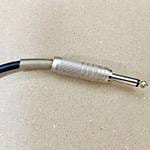Hello!
I’m Takuto Fujioka, a guitarist-specialized chiropractor.
Thank you for always tuning in!
Shoulder stiffness is a common issue in daily life. How do you deal with it?
One of the main causes of chronic shoulder stiffness is poor posture. In today’s world, where smartphones and computers dominate, conditions like rounded shoulders (common among those who look at screens a lot), hunched shoulders (common among those who tend to tense up), and sloping shoulders (common among people with a hunched back) have become widespread. These postural issues not only worsen shoulder stiffness but also make it harder to recover.
I believe that playing the guitar often puts people in postures that contribute to these conditions. Many guitarists have poor posture, which inevitably leads to strain on their bodies.
You might be wondering, “Does poor posture really affect my playing?”
It’s a complex issue that’s difficult to explain in just one sentence. However, consider a guitar neck—when it warps, the string action increases, making it harder to play. Likewise, a single issue in one part of your body can negatively impact other areas.
In other words, body misalignment will inevitably affect your performance.
Today, let’s explore why rounded shoulders, hunched shoulders, and sloping shoulders occur and discuss simple self-care techniques to fix them. If you’ve been stuck indoors during this rainy season and your shoulders feel stiff, or even if they don’t, I hope you find this helpful.
Alright, let’s dive in!
Why does poor posture happen? Let’s go step by step and understand why poor posture develops.
As the name suggests, rounded shoulders occur when the shoulders roll inward. This is often associated with ‘text neck’, where the head juts forward due to prolonged screen use.
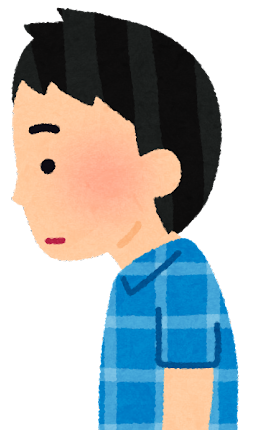
When you lean forward to look at your smartphone or computer screen, your head naturally shifts forward. The head and shoulder blades are connected by multiple muscles through the neck. When the head moves forward, it pulls the shoulder blades forward as well. Over time, this tightens the chest muscles (pectoralis major) and overstretches the trapezius muscles (located at the back of the neck), leading to chronic shoulder stiffness.
Next: hunched shoulders.
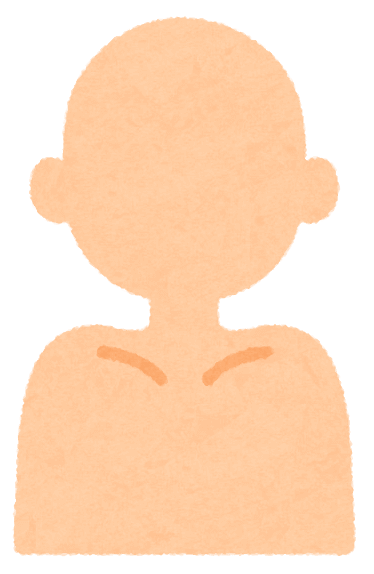
People who tend to develop raised shoulders often have a strong desire to maintain good posture. They consciously try to stand up straight by puffing out their chest, which causes the spine to arch backward. This posture engages large muscles in the back, which are normally difficult to isolate without specific bodybuilding exercises. Since these muscles are not easily controlled, arching the spine automatically activates the muscles that lift the shoulders as well. Over time, this habitual muscle use causes the shoulders to remain in an elevated position, resulting in chronically hunched shoulders. This posture is also common in people who tend to feel tense or anxious, as they unconsciously hold tension in their shoulders.
Finally: sloping shoulders.
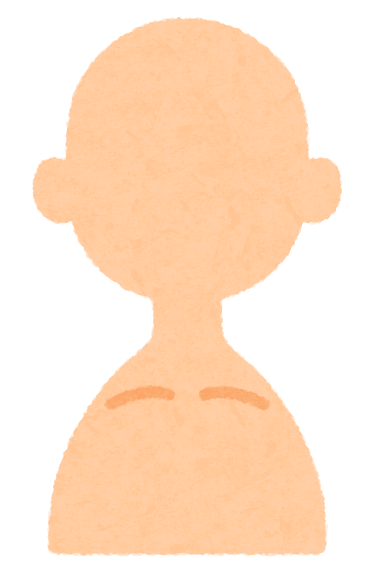
You may have heard this term before, as sloping shoulders tend to cause some of the most troublesome posture-related issues.
In this posture, the shoulder blades and the entire shoulder structure are pulled downward. Unlike other joints in the body, the shoulders are not directly connected to the torso through bones—instead, they are suspended by muscles. When your arms are positioned straight down at your sides, there is minimal strain on the shoulders. However, poor posture, particularly rounded shoulders (kyphosis), shifts the shoulders forward. This forward shift stretches the muscles connecting the arms, collarbone, and neck, causing the shoulders to drop further downward. As the shoulders continue to lower, they may compress the nerves and blood vessels near the collarbone, leading to thoracic outlet syndrome—a condition that causes numbness, tingling, and pain.
As previously mentioned, sloping shoulders are more common in individuals with a hunched posture, particularly women. However, this does not apply to all women. Petite or slender individuals with lower overall muscle mass may develop sloping shoulders due to insufficient muscle strength to support the arms in their natural position.
Sloping shoulders and hunched shoulders can sometimes be attributed to one’s natural bone structure, but in most cases, they can be improved by adjusting posture and muscle usage.
To wrap things up, let me introduce a super simple self-care exercise that can help relieve these shoulder-related issues.
Stand against a wall with your back and heels touching. This helps stabilize your spine and pelvis, allowing your body to find a neutral posture.
Gently lift your shoulders as if bringing them closer to your ears. The key is to avoid using excessive force—lift your shoulders using only the minimum effort needed.
There’s no need to raise them too high or make sure both sides are perfectly even.

(As you can see, my left shoulder doesn’t seem to lift as much...)
Relax and drop your shoulders straight down.
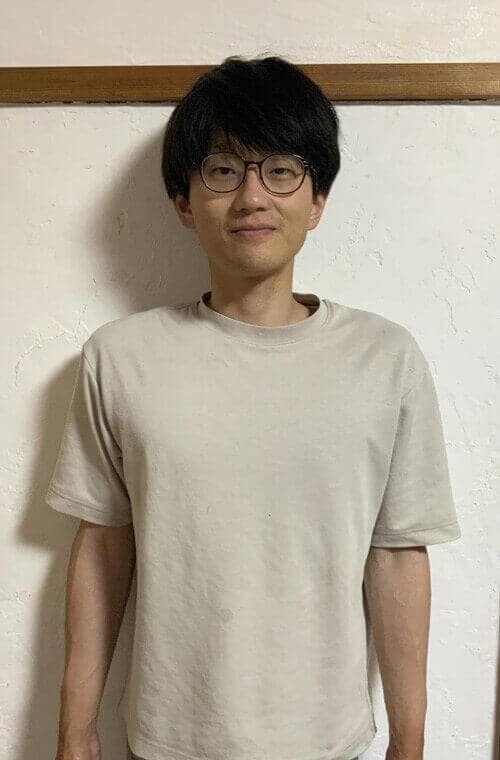
The key here is to let them drop naturally rather than forcing them down. Imagine the weight of gravity pulling your shoulders back to their correct position. Be careful not to over-relax and let your posture collapse—keep control while staying loose.
Try repeating this exercise a few times. If you feel any discomfort or strain in your shoulders or neck, stop immediately.
The important thing is to move your shoulder blades freely while staying relaxed. This will help release the tension in the muscles that have been keeping them fixed in place, allowing you to find a neutral position.
Another key point is to stay consistent—make sure to do this exercise at least 10 times per session, every day. Unfortunately, just doing it once won’t correct poor posture. The key to improvement is continuing to engage with your body and making gradual adjustments over time.
That being said, don’t take it too seriously—just treat it as a simple stretch to relieve tension and loosen up your body!
What did you think?
If you’re struggling with shoulder stiffness, start by examining your own posture. Identify which posture type you fall into and figure out why you’re experiencing pain. By understanding the root cause, you can achieve a more comfortable body and enjoy a better musical life!
See you next time!







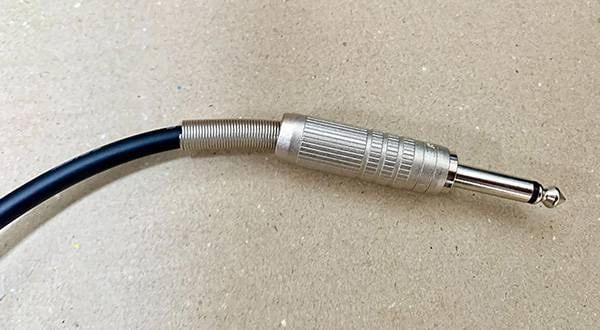
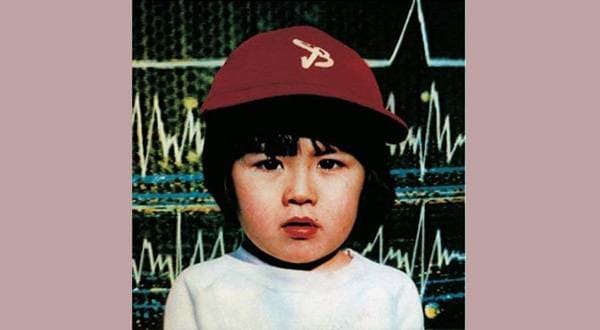


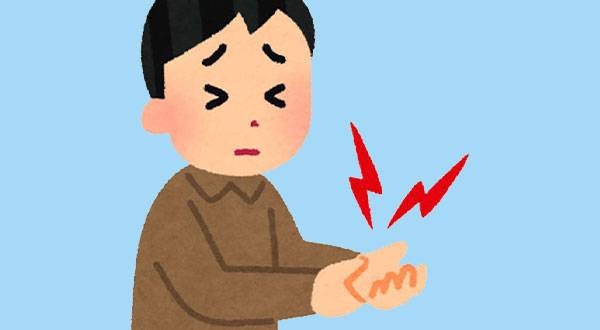
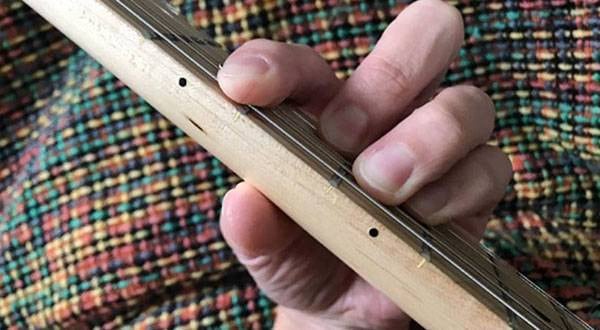
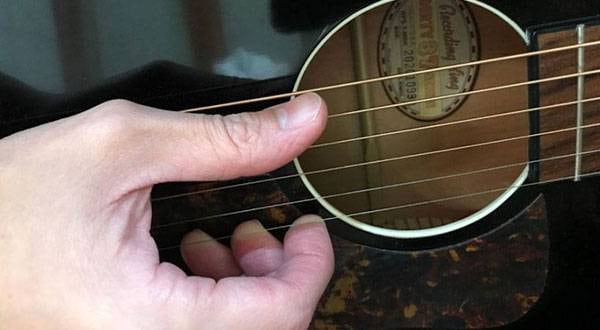
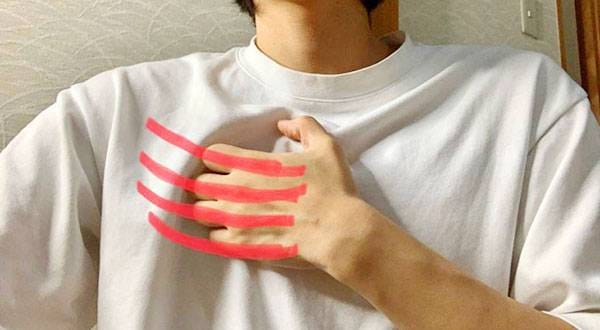
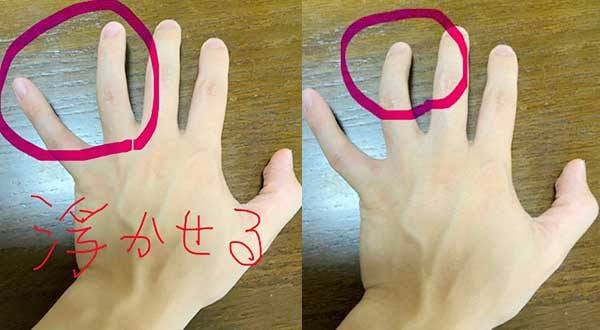
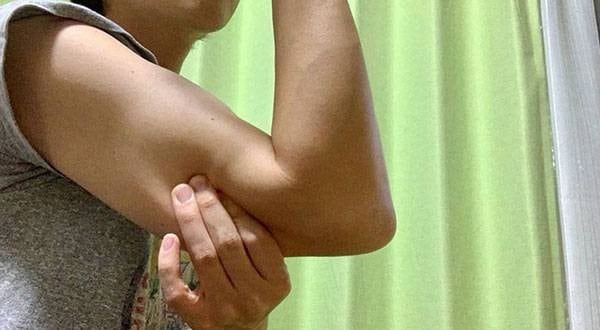
 GOTOH(ゴトー)ギター用ペグ よくある質問まとめ!
GOTOH(ゴトー)ギター用ペグ よくある質問まとめ!
 ギターパーツの沼
ギターパーツの沼
 超オススメのフレーズ道場 ギター
超オススメのフレーズ道場 ギター
 ギター演奏に必要なものは?
ギター演奏に必要なものは?
 ギター名人ラボ
ギター名人ラボ
 ギタースタートガイド
ギタースタートガイド

